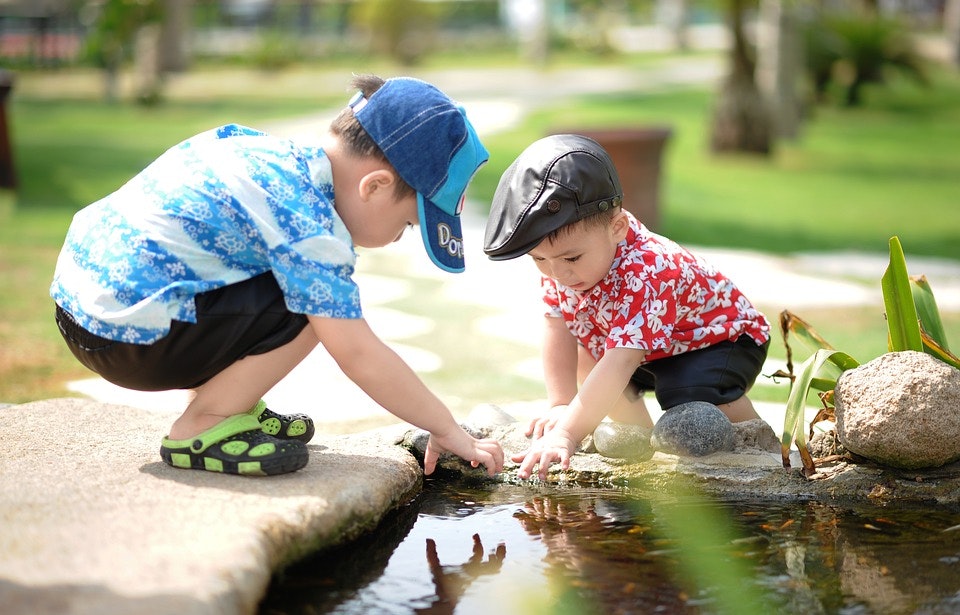Early Education Center (EEC)

“It is always the children who give shape to things and not the things that shape the children. The various materials are seen in terms of their many different possibilities and transformations.”
~ Mirella Ruozzi
This month the EEC would like to assist you in choosing the best materials for infants and toddlers! In these early years children are actively engaging with their environment. For this reason, safety is key to encourage independence, discovery, and risk taking! This article will give you various possibilities for transforming the type of play materials you currently have or would like to invest in. Two questions that should be at the forefront of your intention for play materials are, “Are the materials developmentally appropriate and do they encourage active participation?” “Are they open-ended, healthy, and safe, and neutral and nonbiased?”
Open-ended materials
These types of materials offer flexibility, divergent thinking, and exploration to name a few. Some examples of open-ended materials would be card-board tubes, boxes, paper, blocks, and leaves. Please keep in mind that not all materials need to be open-ended. Materials such as puzzles or shape sorters have one outcome, however, they offer feedback to children regarding spatial awareness.
Healthy and safe materials
It is important that materials are safe and sturdy. Items should be durable, resilient, and nontoxic such as stainless steel and bamboo. Materials such as household items and containers can be very pleasing to play with, however, here at the EEC we encourage as many natural materials as possible. We recommend staying clear of manufactured materials as they can be harmful to the environment and contain BPA/DEHP.
Materials that support different domains
There are many domains within development that enhance interests and abilities of infants and toddlers. For example, to further physical development, parents can provide materials such as balls or risers that address gross motor development. Social development might be enhanced by providing a telephone or a play kitchen. The presentation of materials is also extremely important and often undervalued. To enhance the environment with beauty, remember to display items so they are orderly, appealing, and inviting. Choose natural shades that are not too distracting and elements that moderate visual and auditory stimulation. Lastly, materials should be light and easy to grasp and offer a variety of textures and temperatures and do not forget the sand, water, mud, and ice play.
We hope you enjoyed this month’s newsletter and please feel free to send in questions!
Be well,
Highlands Early Education Center
